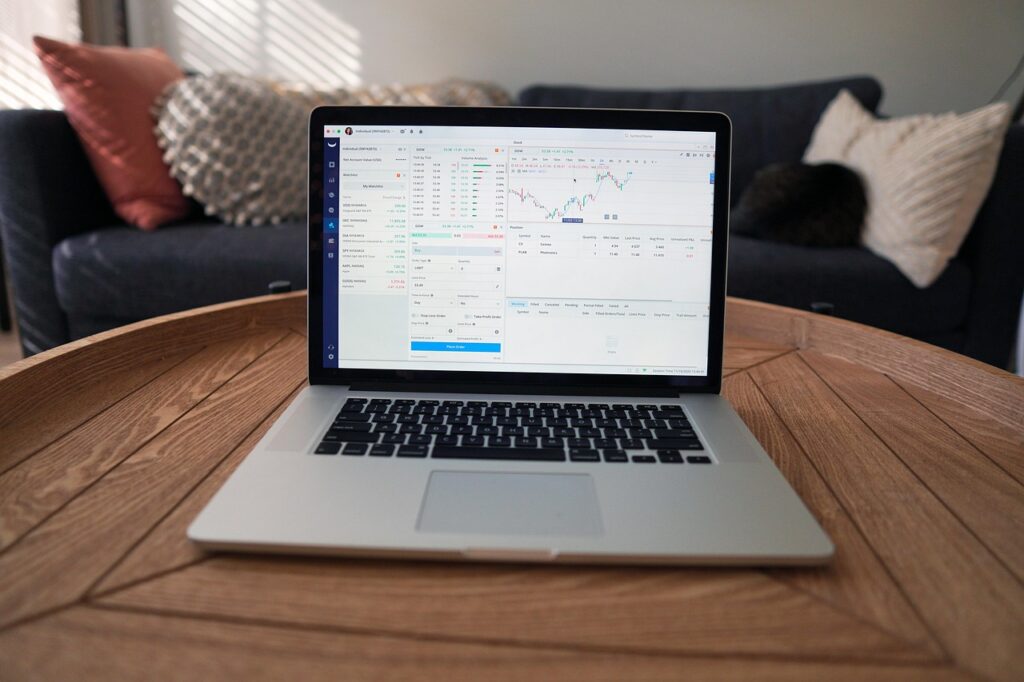In a digital landscape where technology evolves at breakneck speed, from decentralized finance and blockchain-based assets to AI-driven trading tools, stability has become a rare and valuable commodity. The MT4 trading platform has been tried and trusted by traders of all abilities for more than 20 years, making it one of the longest-serving pieces of software in the world. Far from being a legacy system, MT4 continues to anchor traders in 2025 with the reliability and flexibility that modern multi-asset markets demand.
The following takes a closer look at why MT4 continues to dominate for forex and CFD traders. That way, you can make a conscious decision about which way you want to approach things.
Large Community & Ecosystem
There are many traders who will feel that securing lucrative trades means getting ahead of the crowd, but that’s more relevant to the data you are using than the platform you’re established on. Using the MT4 trading platform allows you to connect with a huge community of users and developers who are constantly sharing and creating new tools:
- MT4 provides access to a continually growing range of custom indicators, allowing traders to constantly fine-tune and refine their strategies
- Custom scripts that can be used for adjusting trading strategies to better account for nuanced changes in market conditions
- The development of expert advisors that allow traders of all abilities to execute automated trading strategies
There is also the fact that the more people use a platform, the more people there are to report any issues and fix them. MT4 is known for having a particularly proactive developer community, and this is something that will benefit any trader who wants to try new tools and implement different strategies.
User-Friendly Interface
The MT4 interface is designed to be simple and straightforward, and largely does away with anything that could be pushed to the sidelines. By keeping the interface both lean and clean, traders can then focus on what they do best without having to figure out how to work a complex piece of software. Ideal when all that matters is understanding the markets and trading accordingly.
One of the criticisms that you may expect detractors to level at MT4 is that it is too simple, but that is not the case. There is enough simplicity and usability there for complete beginners to get to grips with and master the basics, while there’s also plenty of more powerful features, tools, and indicators that are readily accessible when needed. This makes it ideal for everyone from beginners to seasoned institutional traders with many years of experience.
Highly Stable Architecture
Traders need to know that they can rely on the tools they have at their disposal; otherwise, they will find themselves constantly missing out through no fault of their own. The key point here is that because of the enduring legacy and longevity of MT4, it is already widely known to be highly stable.
Stability largely stems from the fact that the program is lightweight in terms of the code it uses, allowing it to run very efficiently on a wide range of computer systems. This includes older hardware that may be all beginners have access to when they first start out on their trading journey. Knowing that the software will always perform is something that provides peace of mind, especially when traders are executing a high volume of trades in highly volatile markets.
Widespread Broker Acceptance
Compatibility is another thing that counts in MT4’s favor, not least of all because it ensures that virtually every broker around the world can work with it. Brokers like ThinkMarkets offer expert advisors, charting tools, a variety of order types, and advanced technical indicators, each with 100% compatibility. This allows traders of all experience levels to connect with the markets in a way that works for them, freeing them up to focus on analyzing market behavior, rather than troubleshooting tech issues, in the process.
Established Forex & CFD Focus
Because MT4 was specifically designed with forex trading in mind, it has continued to adapt and evolve to meet the needs of new traders. The developer community is at the heart of this, with many developers seeing it as their responsibility to help maintain and improve what was there before they picked up the baton.
The inherent structure of MT4 means that it is still well-suited to speculating on currency pairs and CFDs to this day, with all signs being that this will continue for the foreseeable future. Features that traders regularly use as part of their strategies include hedging and scalping, both of which are built into the central core of MT4.
Trust & Familiarity
For more than 20 years, MT4 has been serving traders and allowing them to focus on what they do best. There is a lot to be said for the level of trust that has been built up in this time, not least of all because it provides a sense of safety and reassurance to traders of all abilities. Not only that, but the level of familiarity also removes any of the friction that can occur from continually swapping interfaces. All of this combines to make MT4 a viable option for new traders and advanced traders.
What About MT5?
In the interests of balance, it is only right to highlight that there are alternative solutions out there. MT5 may be more advanced and offer an expanded range of indicators, chart types, and asset classes, but it may be overkill for many right now. If you are starting to learn about trading forex, MT4 will be more than sufficient for everything you need to do.
Traders who want to consider branching out to asset classes such as cryptocurrencies and stocks may find that MT5 is a better solution. MT5 also has a powerful depth of market option that provides information on the liquidity within a given market.
Taking a considered approach to the points that have been made in this guide will help you to make an informed decision about how you wish to proceed.
This industry announcement article is for informational and educational purposes only and does not constitute financial or investment advice.














